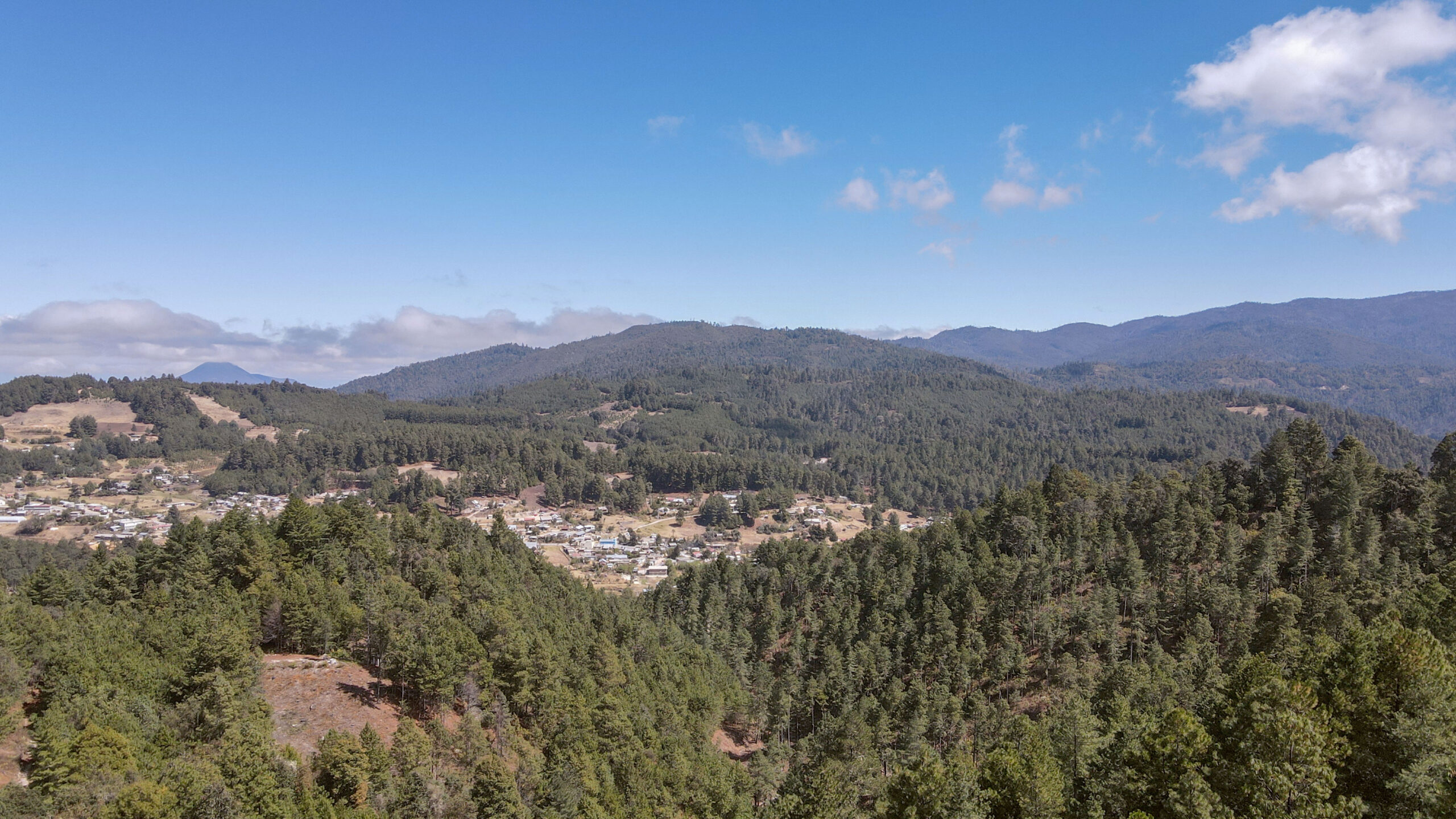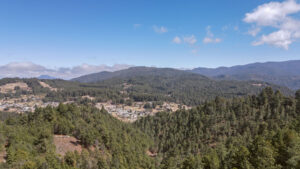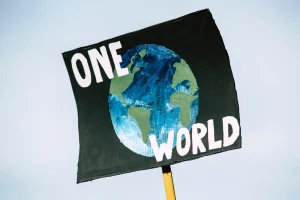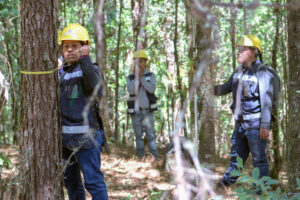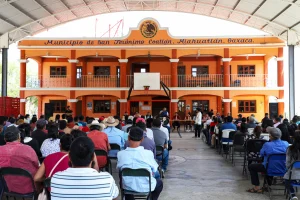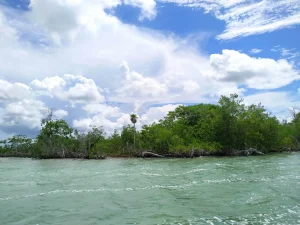Yaax Carbon was present in this 4th edition, fulfilling our commitment to continuous improvement, collaboration, and innovation. Therefore, due to our participation in this space, we want to reflect on our trajectory in the carbon credit industry.
A famous Spanish saying praises: “The devil knows more because he is old than because he is a devil” is perhaps one of the most famous sayings that emphasizes the need to live, try, and fail as a way to learn and grow.
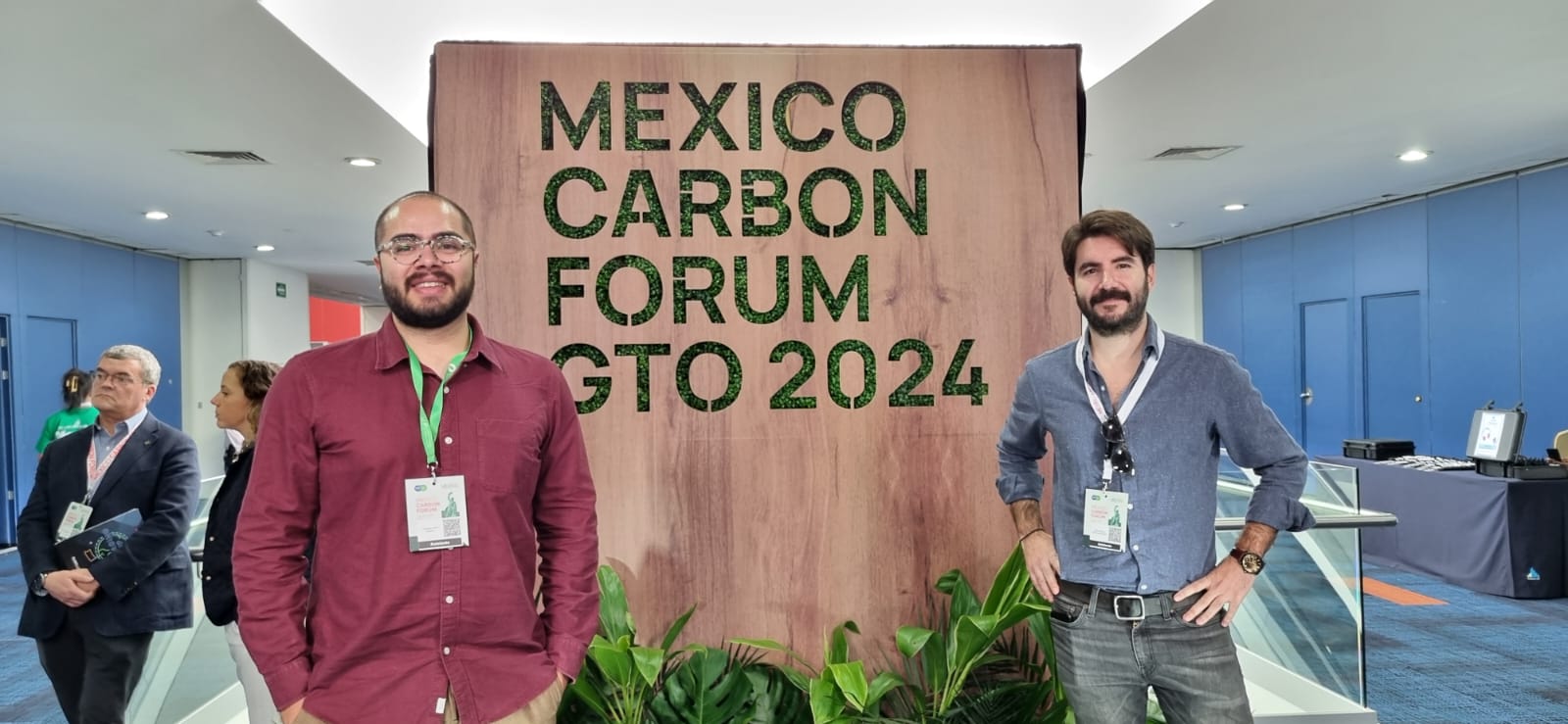
This trying-failing process not only applies to individual experience, but it is also very appropriate for communities, companies, organizations, or governments. In the field of carbon offsets, where different collective actors play fundamental roles, we know A famous Spanish saying praises: “The devil knows more because he is old than because he is a devil” is perhaps one of the most famous sayings that emphasizes the need to live, try, and fail as a way to learn and grow.
This trying-failing process not only applies to individual experience, but it is also very appropriate for communities, companies, organizations, or governments. In the field of carbon offsets, where different collective actors play fundamental roles, we know that misinformation, lack of experience, or preparation of any of those involved, can compromise the process and the final result.
The carbon offsets market remains a voluntary market, where it is the responsibility of each company to compensate its carbon footprint beyond environmental regulations. On the other hand, the protection of the forests, historically in the hands of rural and indigenous communities, is intrinsically linked to the uses, customs, economic activities, and symbolic relationships of these peoples.
The carbon offset market arrived in Mexico in 2013, and more than a decade later at Yaax Carbon we understand that the environmental, social, and economic complexity of this industry needs an interdisciplinary approach that today we can guarantee, we have gained through understanding and experience.
We know we are not alone in this journey. One of the most important certifiers worldwide, Climate Action Reserve (CAR) has updated its Mexican Forest Development Protocol (Mexico Forest Protocol Development), which standardizes the quality of carbon offsets offered in the national market, on 8 different occasions.

For sure, guaranteeing the correct measurement of mitigation is essential in this process, and at Yaax Carbon we trust in CAR’s methodology and protocols as one of the most important certifiers worldwide.
We, as developers of forestry projects, are the bridge between companies interested in the carbon credit market and the communities that protect forests, and therefore, our methodology has become a little less scientific and much more humane.
Quoting another popular Spanish saying: “You can’t see the forest tree by tree”, we have learned to take the opposite path and see each one of them. Each tree can be measured by the thickness of its trunk, the green of its leaves, the height of its crowns, the length of its branches, the diameter of its shadow, and the depth of its roots.
With the experience learned, theoretically and practically, we understood the need to connect with the community in the same way we do with the forest, in a specific, deep, and equitable way.
Developers have an ethical obligation and moral commitment to get involved with communities. We need to understand their worldview, needs, conflicts, and obstacles, not only at the social level but also at the family and individual status.
Creating a greater involvement with the community allows us to develop a deeper analysis of its necessities: from improving forest management plans, mediating conflicts of interest, addressing the educational and cultural needs of the youth, to understanding how they use the forest resources in each region.
How can we generate a successful project if we do not understand that the priority of a community is the need for reforestation and not the fight against pests? We will never know if we don’t listen to them.
Do not understand this, whatever the justification is, puts the developer’s companies at a disadvantage. We must generate the conditions through fieldwork, workshops, and assemblies so we can have a better understanding, and therefore, more participation of the community.
Learning is a path with no finish line, and we can only continue moving forward. In our journey with the commitment to mitigate carbon dioxide in the atmosphere, one of the main greenhouse gases (GHG), we have encountered multiple challenges that have confronted us with the need to improve, deepen, and reflect on the practices in the development of our projects.
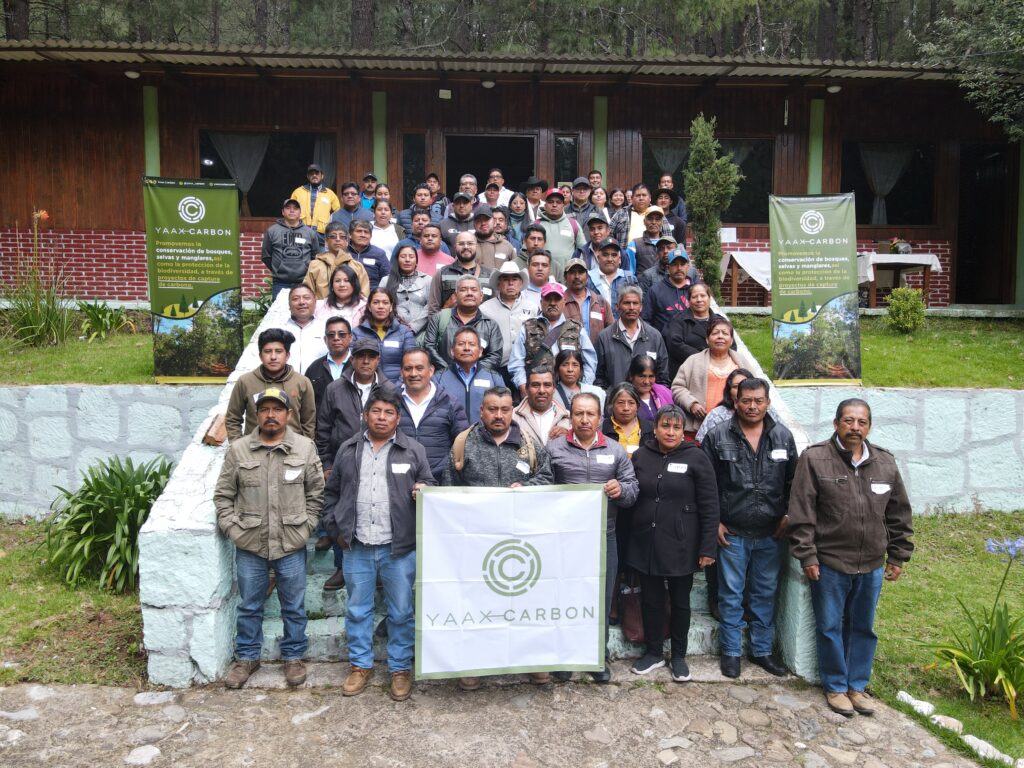
We currently collaborate with 7 projects in three states of the Mexican Republic, which represents 221 thousand hectares of protected forest that have managed to mitigate more than one million tons of carbon dioxide.
The activities that Yaax has promoted range from cultural and educational workshops, such as painting classes, flora and fauna watching, entrepreneurship courses for community businesses, and promoting community and forestry care.
With the lessons learned and applied, we are confident that our environmental and social practices set the standard for the right implementation of carbon offset projects in Mexico.
Forest carbon offset projects always comply with three steps. First, the landowners organize and decide to carry out a forest conservation project. Second, certifying organizations review each project and determine that they meet all requirements to ensure that the calculated carbon will be maintained for many years. Third, each year, the project must verify what conservation activities it carried out, and the impact is audited by the certifiers.
This process is not static. Every year circumstances change and each new project presents its specific needs and challenges. The commitment of the certifiers and us as developers is both with the care of the environment and with the social well-being of the communities with which we collaborate.
We are constantly improving our practices and methodology, ensuring the permanence of projects in the future.

